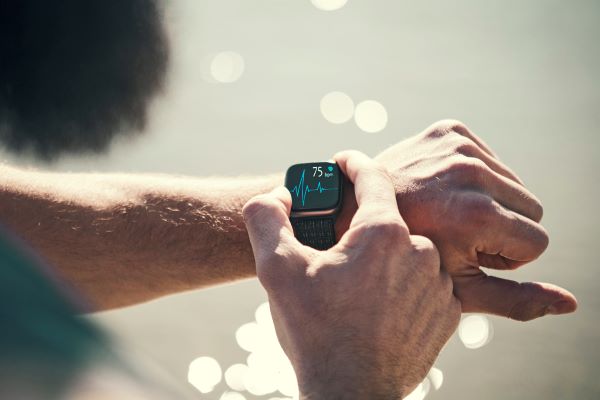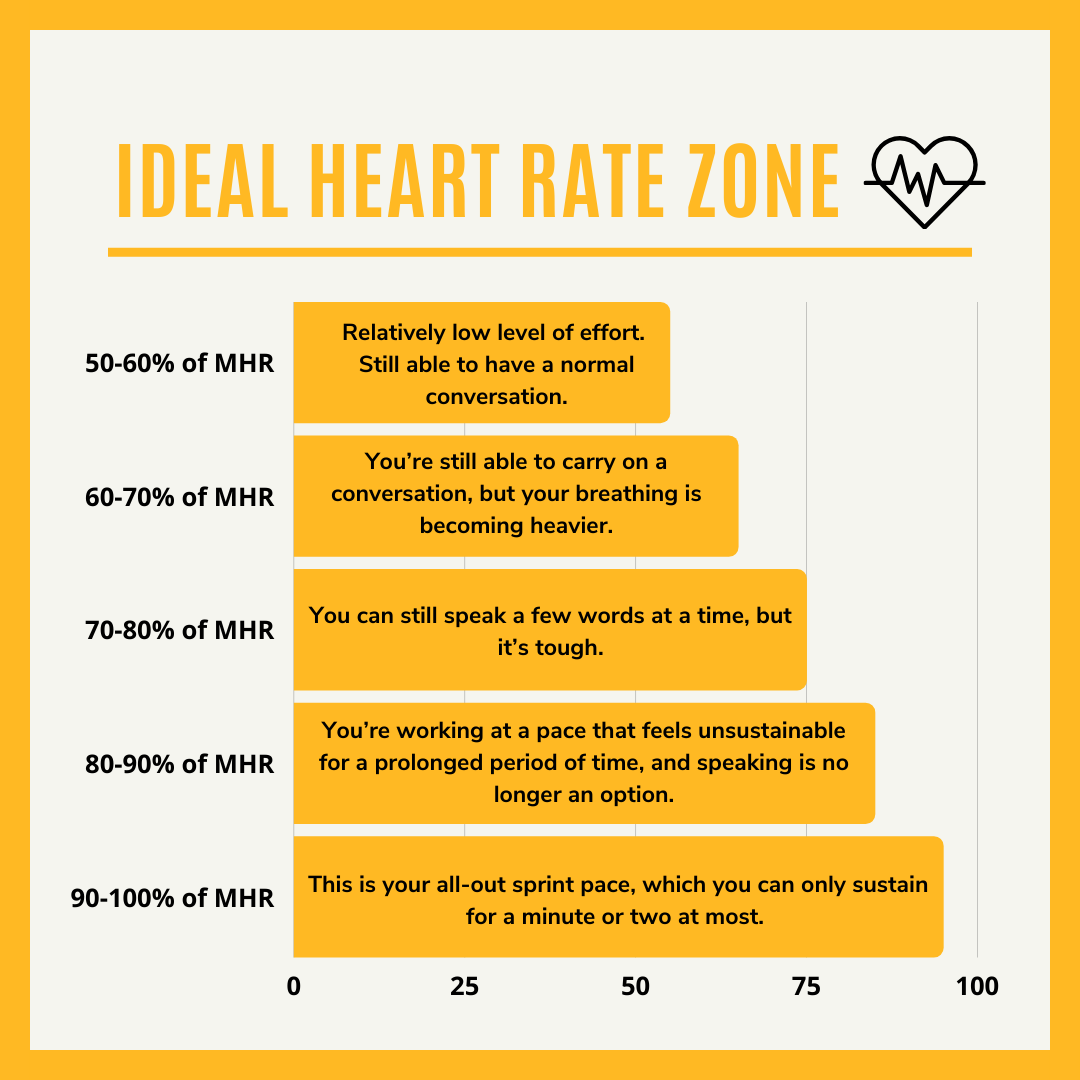Maximize Your Progress and Results by Tracking Your Heart Rate
It’s easy to be overwhelmed by health and fitness metrics. Between sleep goals and step counts, there’s a score for seemingly everything. So, which ones actually matter?
The answer can vary based on your goals and priorities, but there’s one number that’s meaningful to everyone: heart rate. Find out how to track your heart rate and how it can benefit your workouts.
Why Should You Track Your Heart Rate While Working Out?
Tracking your heart rate while working out “can help you fine-tune your effort level on the fly, so you’re always exercising at the right intensity for maximum results,” explains Trevor Thieme, C.S.C.S., BODi’s executive director of fitness and nutrition content.
Your heart rate, which is measured in beats per minute (BPM), lets you know how fast your heart is beating to supply blood throughout your body and, therefore, how hard you’re working at any given moment.
“And if you’re doing an interval or strength-training workout, it can also help you optimize your rest periods, letting you know when your body is ready to hit the accelerator again,” Thieme adds.
Additionally, tracking your heart rate over time can help you gauge your overall progress.
BODi allows you to connect a heart rate monitor like Apple Watch and Polar OH-1 to get more from your workouts and avoid overtraining. As your fitness and cardiovascular health improve, you’ll likely notice a lower heart rate at rest, and the ability to exercise for longer at higher heart rates during exercise. The reason? As your heart grows stronger, it’s able to pump out more blood with each beat.
How to Track Your Heart Rate
Most fitness trackers have built-in heart rate monitors (just scroll until you find the heart-shaped icon). But in order to provide context for that data, you’ll need to first determine your maximum heart rate (MHR), which is the fastest rate at which your heart can beat.
We recommend the Inbar formula for tracking your heart rate:
The Inbar Formula = 205.8 – (0.685 x age) [round your result to the nearest whole number]. So if you’re 35 years old, your MHR would be [205.8 – (0.685 x 35)], or 182 bpm.
A 2002 review called Inbar the age-based formula with the narrowest range of uncertainty.
What’s the Ideal Heart Rate Zone?
Heart rate zones are based on your MHR. Each one is a percentage of your MHR and corresponds with different levels of effort.
- 50-60% of MHR: This is a relatively low level of effort you would use during a warm-up or cool down. In this zone, you’re still able to have a normal conversation.
- 60-70% of MHR: You’re still able to carry on a conversation, but your breathing is becoming heavier.
- 70-80% of MHR: You can still speak a few words at a time, but it’s tough.
- 80-90% of MHR: You’re working at a pace that feels unsustainable for a prolonged period of time, and speaking is no longer an option.
- 90-100% of MHR: This is your all-out sprint pace, which you can only sustain for a minute or two (if that).
Your ideal heart rate zone depends on the type of workout you’re doing. “If you’re doing a steady run, for example, you want to be exercising at about 65%-75% of your MHR [between zones 2 and 3],” Thieme says. But if you’re doing intervals, you want to be hitting 80%-90% of your MHR [zone 4] during your work intervals.”
The key is to understand your target heart rate zone and commit to it. “Regularly pushing past it can negatively impact your performance in other workouts and lead to overtraining, while consistently going too easy can slow your progress toward your goals,” Thieme says.








